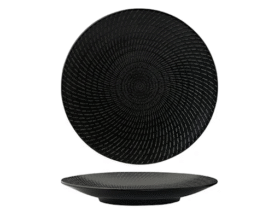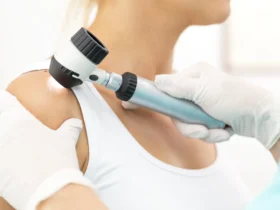The second you hear the term dentures, you may envision your grandmother’s artificial teeth soaking overnight in a glass of water. But dentures nowadays have very little in common with those bulky, unsightly appliances of yesterday. Dentures nowadays have experienced many transformations that render them more comfortable, natural-looking, and functional than ever.
Need dentures on the Sunshine Coast? Let’s learn more!
From Raw Materials to High-Tech Polymers
The first dentures were made from anything available—wood, animal teeth, and even human teeth. Not only were these painful, but they also had a tendency to decay and cause more issues than they fixed. Ivory and porcelain assisted in the 18th and 19th centuries, but these were less than perfect.
The real breakthrough came in the mid-20th century when acrylic resins were developed. The synthetic material revolutionised denture fabrication with its strength, biocompatibility, and ease of accurate moulding. Today’s dentures use advanced polymer materials that are lightweight, stain-resistant, and can be fabricated to a perfect match of your natural tooth colour.
There are new materials for creating dentures that are antimicrobial, which means that they reduce the risk of infection and improve oral hygiene. Such innovation enables new dentures to last longer without affecting their functionality and beauty.
Design Enhancements Focus on Comfort and Looks
Previous dentures were one-size-fits-all devices with little function and even less comfort. The patients would typically develop sore spots, eating problems, and speech problems. The fit would be loose, slip, and result in embarrassing social interactions.
Dentures are precision crafted with advanced attention to each patient’s individual mouth anatomy. Digital impressions create accurate models of your mouth for custom-fit dentures that fit naturally and have fewer irritations. Base material is reduced in bulk but is stronger, removing bulk without reducing durability.
Cosmetic enhancements have been no less remarkable. Dentures now feature teeth that reflect your own teeth’s translucency, colour graduation, and surface texture. The gum-coloured base will also naturally blend with your tissues so that you can barely feel you’re wearing dentures.
Technology Integration Transforms Manufacturing
Perhaps the most important denture technology development is computer-aided design and manufacturing (CAD/CAM) systems. These systems allow dentists to create dentures more precisely than ever before by building digital models of your mouth.
Three-dimensional printing also transformed the industry as it is able to print dentures in layers, thus perfect fit and uniform quality. The process is quicker, more precise, and affords ease in making modifications if need be.
Digital procedures also have the advantage that if you require repairs or replacements, your dental practitioner can go back to your digital record and replicate your dentures accurately and speedily. A lot of the guesswork in conventional denture fabrication has been eliminated by this technology.
The Future Holds Even More Innovations
Denture science will undergo a dramatic transformation in the near future. Researchers are creating intelligent materials that can adjust with temperature and even self-heal after sustaining minor damage. Nanotechnology is also being used to render surfaces resistant to bacteria and plaque buildup.
Implant-supported dentures are increasingly popular, offering greater function and stability than removable dentures of the past. The hybrid denture offers the best of both worlds—the extensive tooth replacement of a denture and the stability of dental implants.
Accepting Modern Denture Solutions
The history of dentures is a success of modern dentistry and material science. Loose, conspicuous false teeth are no longer part of our vocabulary. Dentures today provide comfort, function, and aesthetics unimaginable even three decades ago.
If you’re considering dentures or need a new one to replace an old model, talk to your dental practitioner about the latest options. Well-maintained new dentures, with regular checkups, can provide years of trouble-free wear and confident smiles.

















Leave a Reply